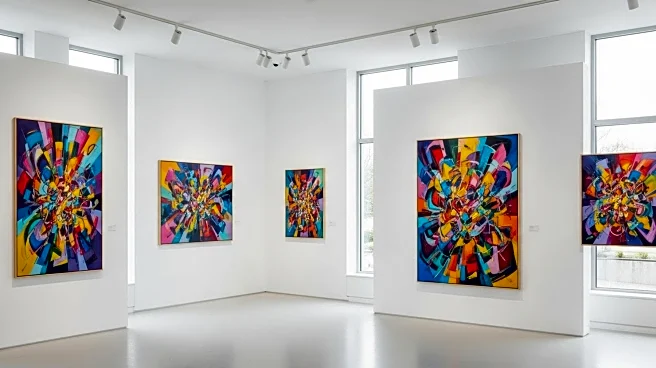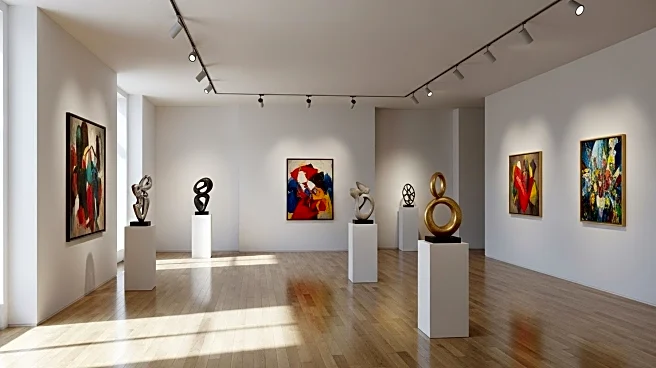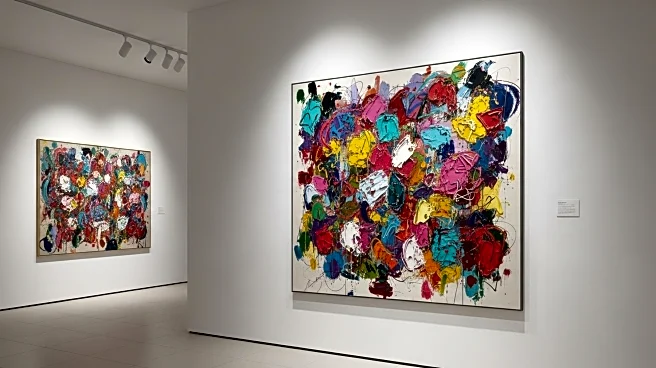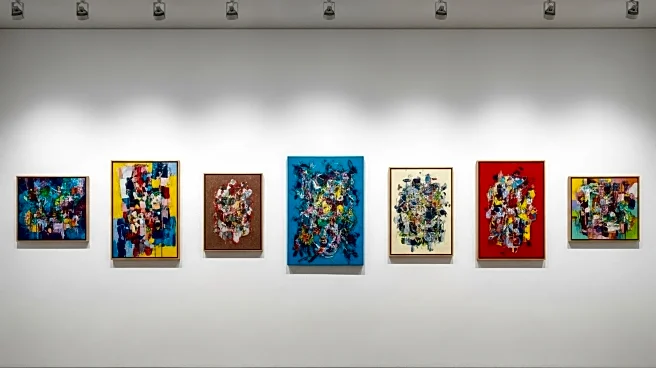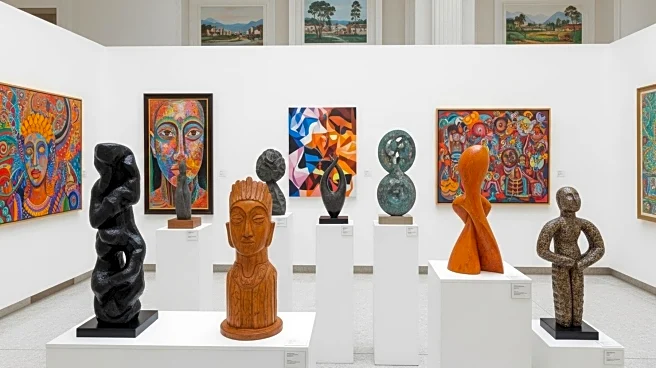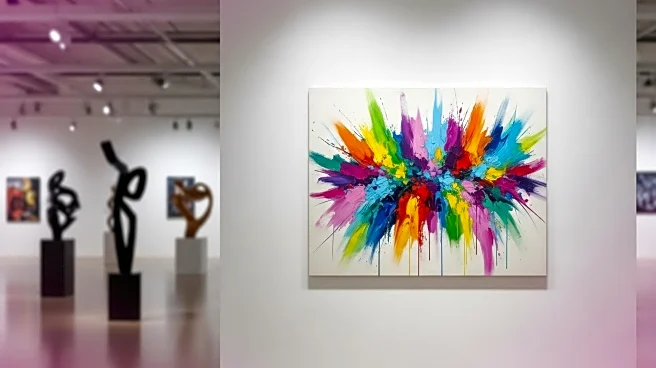What's Happening?
The Anna Schwartz Gallery, a prominent fixture in Australia's contemporary art world, is set to close in December after four decades of operation. The gallery, located in Melbourne, will be replaced by a new venture called Anna Schwartz Projects. This transition marks a significant shift in the gallery's approach, as it plans to focus on dynamic and occasional projects across various forms such as installation, performance, publishing, and music. Anna Schwartz, the gallery's founder, aims to continue supporting artists by collaborating with other galleries and institutions. The decision to rebrand is driven by Schwartz's desire to adapt to the evolving art landscape in Australia, where engagement with design and craft has increased, and artist-run initiatives are gaining prominence.
Why It's Important?
The closure and rebranding of the Anna Schwartz Gallery reflect broader changes in the Australian art scene. As traditional models of art representation and collection evolve, the new focus on project-based and event-driven art experiences could influence how art is consumed and appreciated. This shift may benefit emerging artists and experimental art forms, providing them with new platforms for visibility and engagement. The rebranding also highlights the changing dynamics of art commerce, where deep collecting by individuals and institutions is taking new shapes. The impact on Australia's art community could be significant, as it may encourage more innovative and diverse artistic expressions.
What's Next?
Anna Schwartz Projects will occupy the existing premises in Flinders Lane, Melbourne, and is expected to launch next year. The new entity will likely attract attention from both local and international artists and curators, fostering collaborations that could redefine contemporary art practices in Australia. As the gallery transitions, stakeholders in the art community, including artists, collectors, and institutions, may need to adapt to the new model of engagement and representation. The success of Anna Schwartz Projects could set a precedent for other galleries considering similar transformations.
Beyond the Headlines
The rebranding of Anna Schwartz Gallery may have deeper implications for the cultural landscape in Australia. By embracing experimental approaches and project-based art, the gallery could challenge traditional notions of art consumption and collection. This shift might encourage a more inclusive and diverse art scene, where emerging artists and unconventional art forms gain prominence. Additionally, the focus on collaboration and dynamic programming could foster a more interconnected and vibrant art community, potentially influencing cultural policies and funding priorities.

